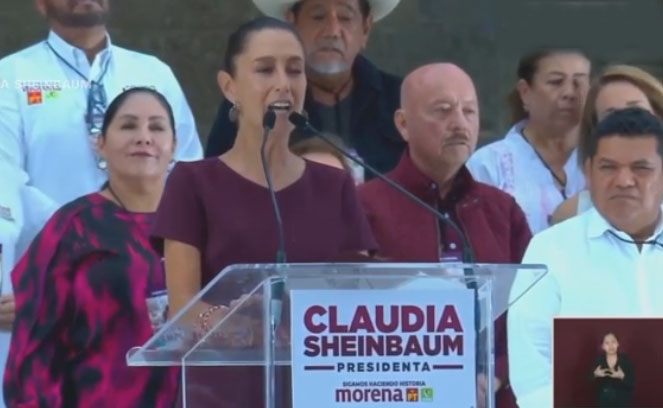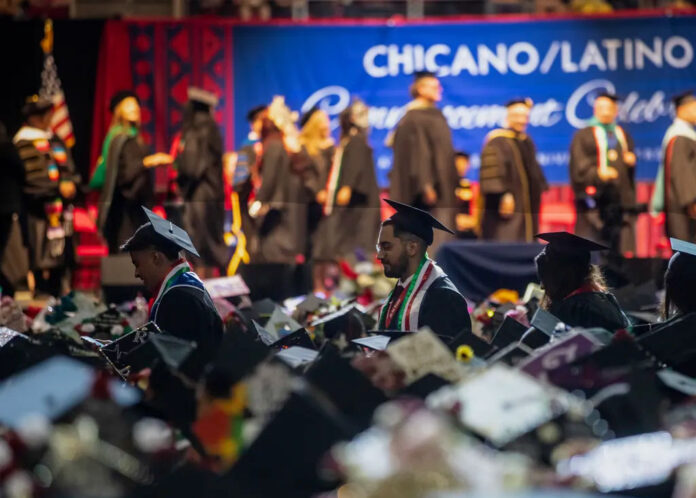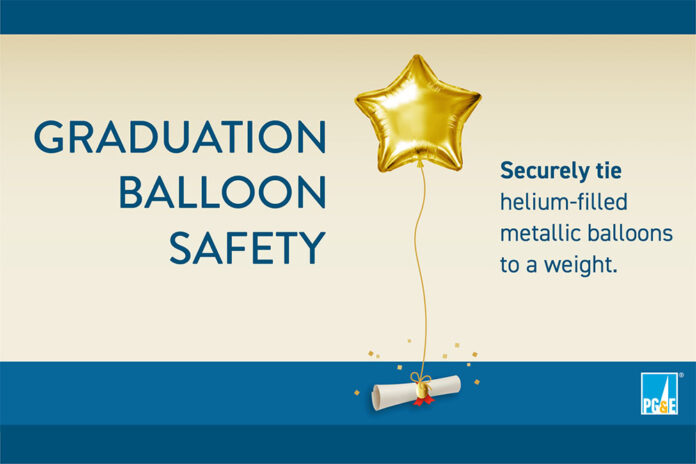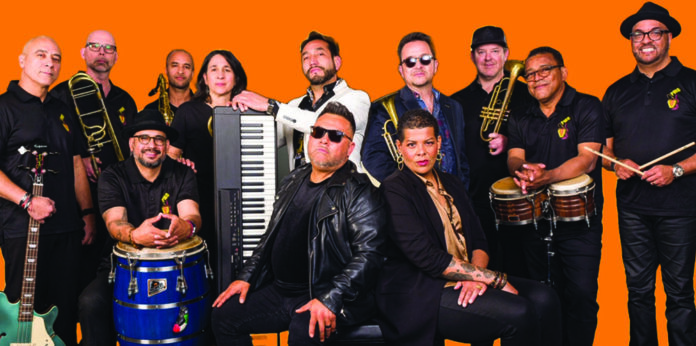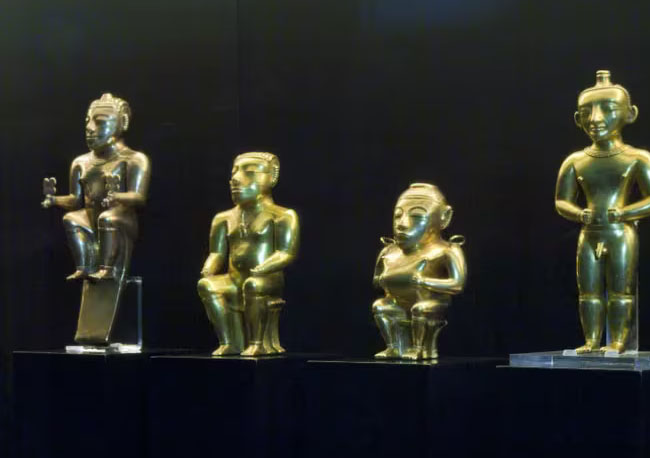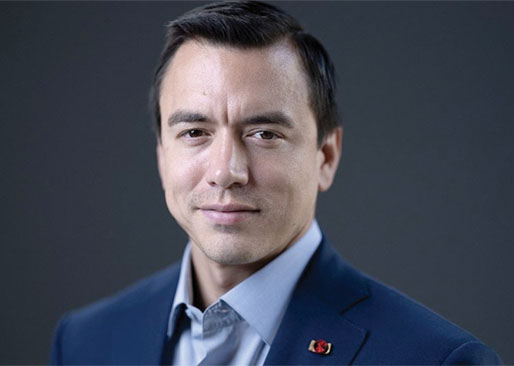Andrés Manuel López Obrador won the presidential race in 2018 and became the 67th president of Mexico. Six years later, Mexico elected its first president, Dr. Claudia Sheinbaum Pardo, candidate of the ruling party, who managed to reach 59.35 percent of votes
by Xochitl TC
Mexico decided on Sunday, June 2, and the scaled leaned toward keeping the ruling party in power, whose political project called the Second Floor of the Fourth Transformation, will be headed by Dr. Claudia Sheinbaum Pardo, the first female president of this country in 200 years.
Absolute majority for MORENA, as in the times of the PRI
Twenty-seven years ago, in the 1997 electoral process, the PRI lost – for the first time – the “absolute majority” in the Chamber of Deputies and the Chamber of Senators in Mexico. The tricolor PRI party that governed Mexico for 70 years lost an important part of its political strength, and from that moment on, the spaces of deputies and senators were gradually occupied by opposition parties.
In 2024, history repeats itself, but this time with a different party, and after what happened in these elections, various media outlets claim that it was a crushing defeat for the opposition made up of PRI, PAN and PRD. This time, the ruling coalition made up of MORENA, the Green Ecologist Party of Mexico (PVEM) and the Labor Party (PT) won 58 percent of the votes between 346 and 380 seats in the Lower House, and in the Senate of the Republic more than 80 spaces, in addition to having won the presidential election.
This fact without a doubt means that the new head of the executive branch, Claudia Sheinbaum Pardo, will have immense power and, together with the legislators of her coalition, will be able to continue the series of constitutional proposals left by President Andrés Manuel López Obrador for his successor and the congressmen of his party alliance, who will work on the construction of the so-called Second Floor of the Fourth Transformation.
The position of the opposition in the face of its defeat
The former candidate for the presidency of the Fuerza y Corazón por México alliance, Xóchitl Gálvez Ruíz, did not hesitate to recognize that the irreversible trend of her vote was not favorable to her, since Sheinbaum surpassed her with 30 percent. Knowing she was defeated, she declared in her speech early on Monday, June 3, “I have always been a democrat, firmly committed to respect for the law, I have demonstrated it as a citizen and in my political life, and I hope that Dr. Sheinbaum can resolve the great problems of our people,” she indicated.
However, a few days after completing the accounting of the electoral records, she indicated that her battle is not over. In a video uploaded to her social networks, she assured that “We have started with the resistance to protect democracy, the constitution and our freedom. In some boxes, differences have been found between what the minutes or the results sheet of each box says with the data contained in the Preliminary Electoral Results Program (PREP) 2024,” she specified.
The very clear – illegal – intervention of President Andres Manuel in the electoral process
Gálvez Ruíz indicated that “we have started with the resistance to protect our democracy, our Constitution and our freedom,” in the face of a clear illegal intervention by President Andrés Manuel López Obrador, as he stated that his fight is also for the “very clear intervention of the president in the electoral process, due to the evident use of public resources in the MORENA campaign, and due to the high level of violence of organized crime.”
Once again, the president has ‘other data’
Despite the obvious illegal intervention that President López Obrador had in the elections, he mentioned during his morning conference on Tuesday, June 4, that “we live in a free country and we have nothing to fear, we have a clear conscience,” and added that “they have other information, they have other data and they have been misinformed; they have made them live in a bubble, which is why they are surprised by Sunday’s election results. They still haven’t internalized it, they are astonished, surprised, they didn’t expect that,” referring to the members of the opposition.
It should be noted that throughout the electoral process, AMLO received at least 10 recommendations for precautionary measures from the Complaints Commission of the National Electoral Institute (INE), requesting him to modify the content of five of his morning conferences (mañaneras) or suspend them to avoid expressions that violate the electoral process; an action that was carried out only two days during the electoral ban, a period marked by the electoral authority so that citizens can freely reflect on their voting decision.
Claudia Sheinbaum Pardo, first atheist president of Mexico
She graduated with a degree in Physics from the National Autonomous University of Mexico (UNAM), she has a Master’s degree in Energy Engineering and also a PhD in Energy Engineering from the same university.
Since her beginnings in Mexican politics, she has held various positions in the country’s capital as delegation head (county) of Tlalpan and was a key player in the 2018 elections for AMLO, serving as the electoral campaign spokesperson for the Tabasco president. and she was also Head of Government of Mexico City before running as a candidate for the presidency.
Scientist, academic, researcher, mother and grandmother, she is the daughter of two left-wing Jews with a communist tendency, as published by investigative journalist Nicolás Morás, in his documentary The Atroz Secret History of Claudia Sheinbaun, and was raised an atheist in one of the most Catholics countries in America and which was also governed by the same party for seven decades.
The Mexico that AMLO leaves to Dr. Claudia
President Andrés Manuel’s administration was based on the social policy of “For the good of all, the poor first.” However, some studies reveal that the poor bore the brunt of this six-year term, since the increase in poverty occurred among the most vulnerable population. In that sense, the Mexican Civil Association Against Corruption and Against Impunity indicates that in 2018 there were 8.7 million poor people in Mexico and by 2020 the poverty rate increased by 2.1 million, this means that 10.8 million people were living in poverty. They were placed in the range of extreme poverty in Mexico just two years after AMLO had begun his administration as president.
In addition to the increase in poverty rates, the perception of insecurity is worrying to citizens, because the increase in intentional homicides has been considerable, registering 28.20 percent more, compared to the six-year term of Enrique Peña Nieto, which translates to 176,000 homicides so far in AMLO’s mandate.
The outlook for the closure of AMLO’s “humanist” management is also not encouraging for the public health system, since the efforts to turn it into a first-level service will be overshadowed by adding 50.4 million people without access to health services. In addition to that, the shortage of medicine for patients with chronic-degenerative diseases such as diabetes and cancer has increased, since until 2022, 12.5 million people did not have their treatment.
During her victory speech, the former head of government of Mexico City promised to preserve the legacy of President AMLO and stressed that “We will dedicate the public budget out of conviction to guarantee all the Welfare programs initiated by President Andrés Manuel López Obrador and also all the programs we committed to. We are going to expand access to the rights of the people of Mexico, to education, to health, to housing, to culture. That is, to continue building a true welfare State,” she indicated.
In contrast, Dr. Sheinbaum receives a country with high rates of violence, insecurity, unresolved missing persons cases, lack of access to health, and a politically polarized society.
What will be her main challenges at the head of Mexico?
The issues that must be addressed with priority are insecurity, murders and violence against women, attention to academic and work opportunities for young people, and it will also be necessary to rethink the military strategy currently exercised by the government of the republic, since due to the the absence of the Army in the fight against insecurity and the increase in elements of the National Guard doing this work has meant a considerable increase in cases of insecurity in Mexico.
Claudia Sheinbaum will begin her government on Oct. 1, 2024 and will conclude in 2030, going down in history as the first female president of Mexico and also as the head of the executive branch who will have to govern a totally polarized country.

